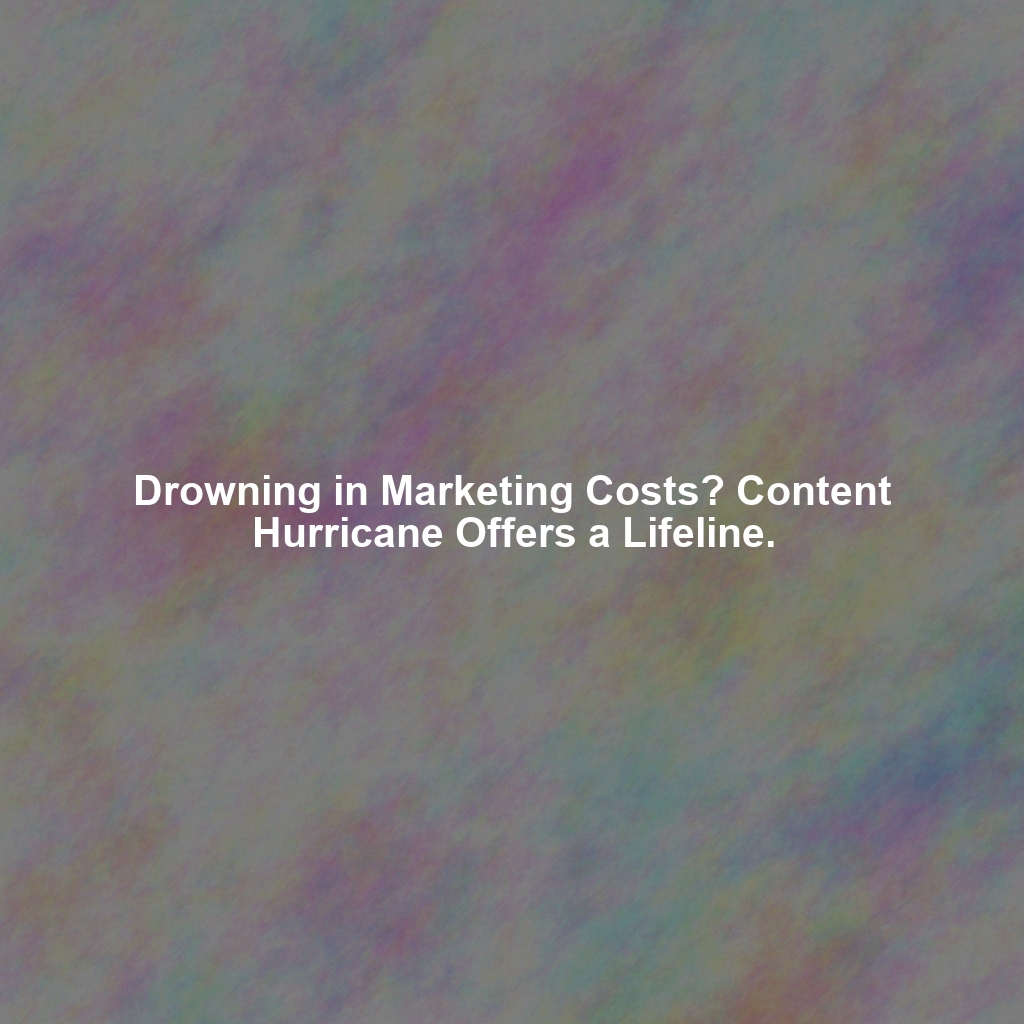The Importance of Risk Management in Marketing: A Consultant’s Perspective
Management consulting giants like McKinsey, BCG, Bain, and Oliver Wyman are known for their structured problem-solving methodologies. They don’t just offer advice; they deliver frameworks for sustainable success. In the context of marketing, these firms understand that a robust risk management strategy isn’t about stifling creativity; it’s about providing a safety net that allows marketers to take calculated risks and push boundaries with greater confidence. Ignoring potential risks in marketing is akin to navigating a complex financial market without a hedging strategy – a gamble with potentially devastating consequences.
Oliver Wyman’s Risk Management Framework: Adapting It for Marketing
While Oliver Wyman’s risk management expertise extends across various industries, the core principles are highly adaptable to the specific challenges of marketing. Their framework typically involves:
- Identification: Identifying potential risks that could impact the success of a marketing campaign.
- Assessment: Evaluating the likelihood and potential impact of each identified risk.
- Mitigation: Developing and implementing strategies to reduce the likelihood or impact of those risks.
- Monitoring: Continuously tracking key performance indicators (KPIs) and adjusting the mitigation strategies as needed.
- Reporting: Communicating risk assessments and mitigation efforts to stakeholders.
Let’s delve into how each of these principles can be applied within a marketing context.
Identifying Potential Marketing Risks
The first step involves a thorough brainstorming session to identify all potential risks. This process should involve individuals from various departments, including marketing, sales, finance, and legal. Some common marketing risks include:
- Target Audience Misidentification: Failing to accurately define and understand the target audience. This can lead to wasted resources and ineffective messaging.
- Inaccurate Data & Analytics: Relying on flawed or incomplete data to inform campaign strategy. This can lead to poor decision-making and inaccurate performance measurement.
- Reputational Risk: Damage to brand reputation due to controversial or insensitive marketing content. This can be triggered by poor judgment, cultural insensitivity, or failing to anticipate public reaction.
- Budget Overruns: Exceeding the allocated budget without achieving desired results. This is often linked to poor planning, unforeseen costs, or ineffective campaign management.
- Channel Ineffectiveness: Investing in marketing channels that fail to reach the target audience or deliver the expected ROI. This requires careful channel selection and optimization.
- Competitor Actions: Unexpected moves by competitors that undermine the campaign’s effectiveness. This necessitates continuous monitoring of the competitive landscape.
- Regulatory Changes: New regulations or policy changes that impact marketing activities. Compliance with advertising standards and data privacy laws is crucial.
- Technology Failures: Technical issues with marketing platforms or tools that disrupt campaign execution. Reliable technology infrastructure and backup plans are essential.
- Supply Chain Disruptions: Issues with product availability or fulfillment that prevent customers from purchasing the advertised product. Close coordination with the supply chain is vital.
- Creative Fatigue: Using the same creative elements or messaging for too long, leading to declining engagement and ROI. Regularly refreshing creative content is important.
Assessing the Likelihood and Impact of Risks
Once the risks have been identified, the next step is to assess their likelihood and potential impact. This can be done using a risk matrix, which plots the probability of each risk occurring against the severity of its impact.
For example:
| Risk | Likelihood (High/Medium/Low) | Impact (High/Medium/Low) |
|---|---|---|
| Target Audience Misidentification | Medium | High |
| Budget Overruns | High | Medium |
| Reputational Risk | Low | High |
This matrix helps prioritize risks and focus resources on mitigating those with the highest potential impact.
Mitigating Marketing Risks: Strategies and Examples
Mitigation strategies aim to reduce the likelihood or impact of identified risks. Here are some examples:
- Target Audience Misidentification: Conduct thorough market research, create detailed buyer personas, and A/B test different messaging to refine targeting. Example: Using focus groups and surveys to validate assumptions about the target audience’s needs and preferences before launching a campaign.
- Inaccurate Data & Analytics: Implement robust data validation processes, use multiple data sources to cross-validate findings, and invest in data analytics training for the marketing team. Example: Regularly auditing data pipelines to ensure data accuracy and completeness.
- Reputational Risk: Establish a clear brand voice and guidelines, conduct thorough sensitivity testing of marketing materials, and have a crisis communication plan in place. Example: Having a diverse panel review marketing content for potential cultural insensitivity before publication.
- Budget Overruns: Develop a detailed budget with clear milestones, track expenses closely, and have contingency plans in place for unexpected costs. Example: Implementing a system for real-time budget tracking and alerts when expenses exceed pre-defined thresholds.
- Channel Ineffectiveness: Continuously monitor channel performance, A/B test different approaches, and be prepared to reallocate resources to more effective channels. Example: Using attribution modeling to understand which marketing channels are driving the most conversions.
Monitoring and Reporting
Risk management is not a one-time activity; it’s an ongoing process. Continuously monitoring key performance indicators (KPIs) and adjusting mitigation strategies as needed is essential. Regular reporting to stakeholders keeps everyone informed and ensures that risks are being managed effectively. This mirrors the approach taken by firms like BCG and Bain, which emphasize iterative analysis and data-driven decision-making.
Conclusion: Embracing Risk Management for Marketing Success
In today’s complex marketing environment, a proactive and structured approach to risk management is no longer optional; it’s essential for achieving sustainable success. By adopting principles similar to those employed by Oliver Wyman and other leading management consulting firms, marketing teams can identify, assess, and mitigate potential risks, ultimately maximizing ROI and minimizing the likelihood of campaign failure. Embracing risk management allows marketers to take calculated risks with confidence, driving innovation and achieving ambitious goals.




Leave a Reply